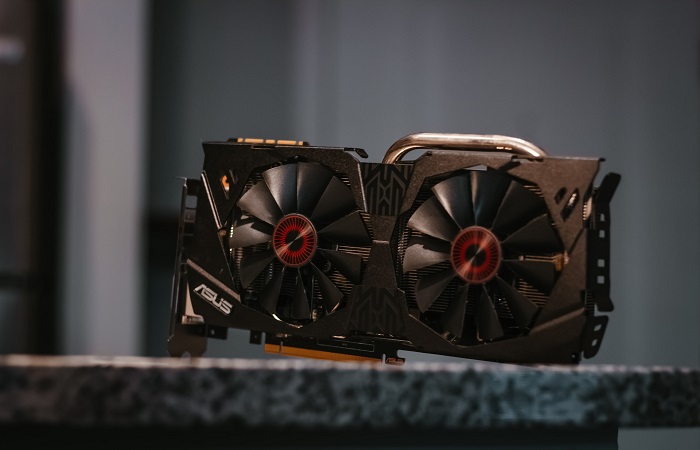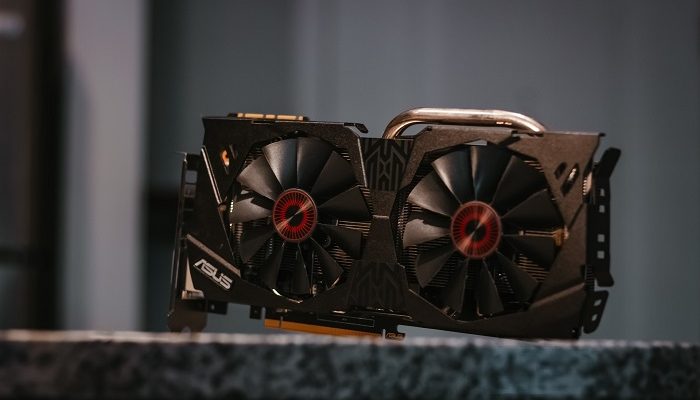
In recent years, we have witnessed a significant increase in cybercrime. From phishing attacks to ransomware, cybercriminals are finding new ways to exploit vulnerabilities in computer systems. One of the latest techniques used by these criminals is GPU memory attacks. In this article, we will explore what GPU memory attacks are and how they are becoming the next generation of cybercrime.
What is GPU Memory?
Before we dive into GPU memory attacks, let’s take a step back and understand what GPU memory is. A Graphics Processing Unit (GPU) is a specialized processor designed to handle complex graphical computations. GPUs are commonly used in gaming and video rendering, as they can perform many calculations in parallel, allowing for faster processing times.
GPU memory, also known as video memory or VRAM, is the memory dedicated to storing data for the GPU to access quickly. It is used to store textures, images, and other graphical data that the GPU needs to render images on a screen. The amount of GPU memory available depends on the specific GPU and can range from a few gigabytes to tens of gigabytes.
What are GPU Memory Attacks?
GPU memory attacks are a type of cyber attack that targets the memory of a computer’s GPU. These attacks aim to exploit vulnerabilities in the GPU’s memory management system to gain unauthorized access to data stored in the GPU memory.
GPU memory attacks work by exploiting the fact that the GPU memory is shared between the CPU and the GPU. This shared memory can be accessed by both the CPU and the GPU, making it a prime target for attackers. By accessing the GPU memory, attackers can steal sensitive data, such as passwords, encryption keys, and other confidential information.
One common type of GPU memory attack is known as a DMA (Direct Memory Access) attack. In a DMA attack, the attacker uses a peripheral device, such as a network card or a USB device, to gain direct access to the computer’s memory. Once the attacker has access to the memory, they can read and write data, allowing them to steal sensitive information.
Another type of GPU memory attack is known as a Rowhammer attack. In a Rowhammer attack, the attacker repeatedly accesses a row of memory cells in the GPU memory, causing adjacent cells to flip their values. By doing this, the attacker can manipulate the data stored in the GPU memory, allowing them to gain access to sensitive information.
Why are GPU Memory Attacks Becoming the Next Generation of Cybercrime?
GPU memory attacks are becoming the next generation of cybercrime for several reasons. First, GPUs are becoming more common in computers, especially in gaming and high-performance computing systems. This means that there is a larger pool of potential targets for attackers.
Second, GPUs are designed to handle large amounts of data quickly, making them an attractive target for attackers. By accessing the GPU memory, attackers can steal sensitive data quickly and efficiently.
Third, many traditional security measures are not designed to protect against GPU memory attacks. For example, firewalls and antivirus software do not typically monitor the GPU memory, leaving it vulnerable to attack.
Finally, GPU memory attacks are difficult to detect and prevent. Because the attacks target the GPU memory directly, they can bypass many of the security measures in place on the CPU. Additionally, many GPU memory attacks are designed to be stealthy, making them difficult to detect without specialized tools.
The Consequences of GPU Memory Attacks
The consequences of GPU memory attacks can be severe. If an attacker gains access to sensitive data stored in the GPU memory, they can use it to steal money, commit identity theft, or launch other types of cyber attacks.
Additionally, GPU memory attacks can be used to bypass traditional security measures, allowing attackers to gain access to other parts of the computer system. This can lead to further attacks, including ransomware and data theft.
Protecting Against GPU Memory Attacks
Protecting against GPU memory attacks requires a multi-layered approach that includes both hardware and software solutions.
- Hardware solutions include using GPUs that are designed with security in mind. For example, some newer GPUs include hardware-based security features, such as secure boot and trusted execution environments. These features help to prevent unauthorized access to the GPU memory by ensuring that only authorized software can access it.
- Another hardware solution is to use specialized devices, such as PCIe switches and DMA controllers, to control access to the memory. These devices can be configured to only allow authorized devices to access the memory, helping to prevent DMA attacks.
- Software solutions include implementing security measures that monitor and protect the GPU memory. For example, some operating systems include memory protection features that prevent unauthorized access to the GPU memory. Additionally, some software tools can be used to monitor the GPU memory for suspicious activity and alert system administrators to potential attacks.
- Another software solution is to use encryption to protect sensitive data stored in the GPU memory. By encrypting the data, even if an attacker gains access to the memory, they will not be able to read the data without the encryption key.
- Finally, user education is an essential component of protecting against GPU memory attacks. Users should be trained on how to identify and prevent phishing attacks, which are often used to gain initial access to a computer system. Additionally, users should be aware of the risks associated with USB devices and other peripherals that can be used in DMA attacks.
Conclusion
GPU memory attacks are the next generation of cybercrime, targeting the memory of a computer’s GPU to steal sensitive data and bypass traditional security measures. These attacks are becoming more common as GPUs become more prevalent in computers, and traditional security measures are not designed to protect against them.
Protecting against GPU memory attacks requires a multi-layered approach that includes both hardware and software solutions. This approach should include using GPUs with security features, implementing software tools to monitor and protect the GPU memory, and educating users on how to prevent attacks.
As cybercrime continues to evolve, it is essential to stay informed about the latest threats and take proactive steps to protect against them. By taking a proactive approach to security, we can help to prevent GPU memory attacks and other types of cybercrime from causing damage and disruption to our computer systems and data.

